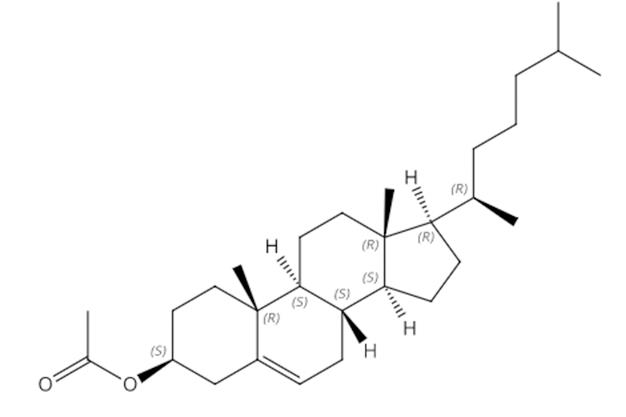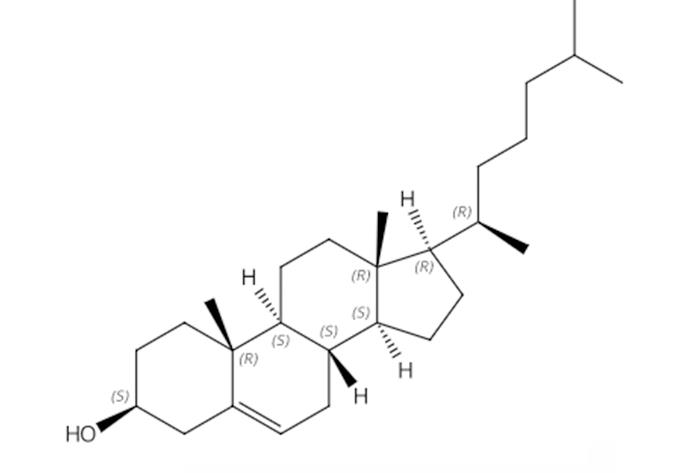| Plant-origin Cholesterol Acetate
CAS No. 604-35-3
|
Plant-origin Cholesterol
CAS No. 57-88-5 chemical name: (3β)-cholest-5-en-3-ol. The chemical structural formula is as follows. |
 |
 |
Feature: Safe
All the raw materials of cholesterol products currently on the market are of animal origin, such as animal brains, spinal cords, tissues, lanolin, etc. Animal-derived products have certain particularities, such as raw materials are perishable, there may be endogenous residues or exogenous pollutants (such as proteins, microorganisms, viruses, pesticides, veterinary drugs, etc.), and the composition and/or composition ratio is not clear , specific harmful ingredients (such as prion protein), etc., which may affect the batch-to-batch consistency of the product, and even cause unpredictable adverse reactions after use.
Application of Cholesterol
Cholesterol has a wide range of uses, and can be used as cosmetic raw materials, high-end pharmaceutical excipients, starting materials for the synthesis of vitamin D3, feed additives, and used in various industries of pharmaceutical and chemical production. Plant-derived cholesterol eliminates people's concerns about the risk of carrying animal viruses, and broadens its use in the pharmaceutical, cosmetic, and health food industries.
Cholesterol (cholesterol) is the first batch of cosmetic raw materials approved by the former State Food and Drug Administration (CFDA), and it is used as an emollient, emulsifier, and viscosity control agent. The secretion of human skin contains a certain amount of cholesterol and its derivatives, which have smooth and moisturizing effects, so enough cholesterol is essential for human skin. Cholesterol is non-irritating to the skin and does not cause photosensitization. It generally contains 1.4% in emollient cosmetics and has the function of enhancing other active agents. At the same time, cholesterol is also a very necessary anti-inflammatory agent, which has the effect of promoting penetration.
In recent years, the latest generation of moisturizers, ceramides, which have become popular in recent years, form a compound with cholesterol and fatty acids in a certain proportion to simulate intercellular lipids to play a role. It is similar to the material structure that makes up the stratum corneum of the skin. It can quickly penetrate into the skin and combine with the water in the stratum corneum to form a network structure that can effectively lock in moisture.